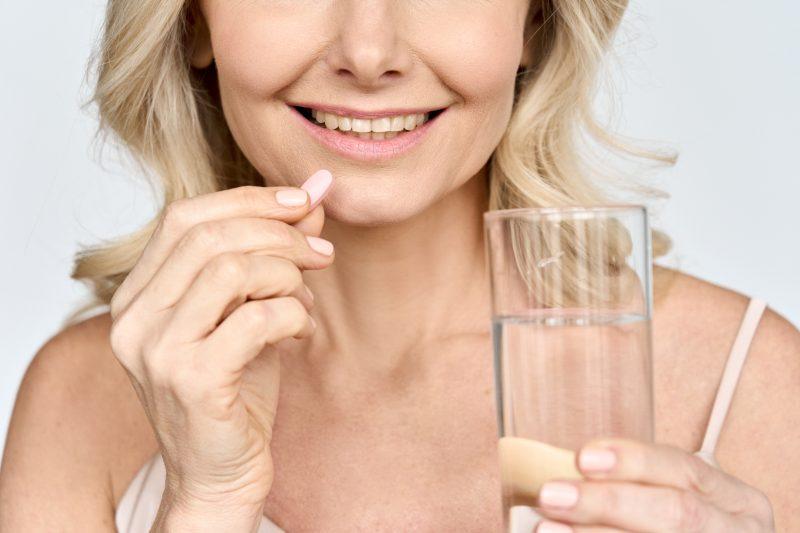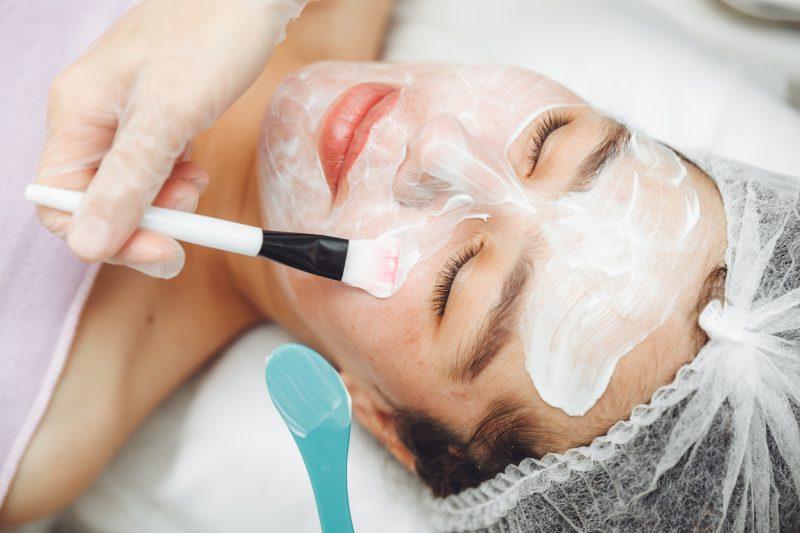Skincare
Unveiling the Hidden Dangers: The Nitty-Gritty of Harmful Cosmetic Ingredients
In the realm of personal care products, beauty and skincare items hold a special place. We use them daily to enhance our appearance, maintain our skin’s health, and boost our confidence. But what if these seemingly benign products harbor ingredients that are more harmful than helpful?
In this comprehensive guide, we will delve into the often-overlooked world of harmful cosmetic ingredients, shedding light on their potential risks and offering a roadmap for safer alternatives.
Understanding the Issue
While the cosmetics industry continues to innovate and offer seemingly magical solutions to all our beauty woes, it is also, unfortunately, a relatively unregulated domain. Many of the ingredients commonly used in such products are industrial chemicals, some of which have been linked to harmful health and environmental effects.
Most of these chemicals are used because they offer certain benefits, such as enhancing the product’s texture, increasing its shelf life, or improving its effectiveness. However, their potential risks often outweigh these benefits, especially considering the accumulation of these substances in our bodies over time.
Let’s start our exploration by uncovering the most notorious culprits in the world of cosmetics.
The Toxic Twelve: Ingredients to Watch Out For
While there are numerous ingredients in cosmetics that can potentially pose risks, some stand out due to their widespread use and the severity of their associated hazards. Here’s a brief overview of the “Toxic Twelve” ingredients that you should try to avoid:
- BHA and BHT: Synthetic antioxidants used to extend shelf life, BHA and BHT can induce allergic reactions and are suspected carcinogens.
- Coal Tar Dyes: These are synthetic dyes derived from coal tar, a byproduct of coal processing. Their use is linked to cancer and are considered toxic to the brain.
- DEA-related ingredients: DEA (diethanolamine) and its derivatives are used to make cosmetics creamy or sudsy. They can react with other ingredients to form carcinogens.
- Dibutyl Phthalate: A plasticizer found in nail products and some hair sprays, dibutyl phthalate is an endocrine disruptor and can harm the reproductive system.
- Formaldehyde-releasing Preservatives: These preservatives slowly release formaldehyde, a known carcinogen, to keep cosmetics germ-free.
- Parabens: Widely used as preservatives, parabens are suspected endocrine disruptors and have been found in breast cancer tissues.
- Fragrance or Parfum: These terms often hide a cocktail of chemicals, including allergens and hormone disruptors.
- PEG Compounds: These petroleum-based compounds can be contaminated with carcinogens and are used in creams as thickeners.
- Petrolatum: Used in lip balms and moisturizers, petrolatum can be contaminated with carcinogens unless properly refined.
- Siloxanes: These silicone-based compounds are used for their softening, smoothing, and moistening properties, but they can interfere with human hormone function and are harmful to fish and other wildlife.
- Sodium Laureth Sulfate: This foaming agent can react with other ingredients to form carcinogenic nitrosamines.
- Triclosan: This antibacterial agent can interfere with thyroid function and degrade into a form of dioxin, a potent carcinogen.
The Risks Involved
Health Hazards
Many of these toxic ingredients are absorbed through the skin, our largest organ. Over time, they can accumulate in the body, potentially leading to a variety of health issues. For instance, formaldehyde and certain coal tar dyes have been linked to cancer, while phthalates and parabens can disrupt the endocrine system, causing fertility problems and developmental disorders. Moreover, many of these substances can induce allergic reactions and skin irritation.
Environmental Impact
The toxins in our cosmetics don’t just affect us; they also have a significant impact on the environment. When we wash these products off our bodies, they go down the drain and can end up in our waterways. Aquatic organisms are then exposed to these harmful substances, which can cause reproductive issues, abnormalities, and even death in these species.
The Role of Regulation
In an ideal world, harmful ingredients would never make their way into the products we use. However, the reality is that the cosmetics industry is subject to less government oversight than you might think. Despite some progress, such as the banning of certain harmful substances, significant gaps remain. For example, some harmful ingredients can lurk behind vague terms like “fragrance,” and there’s no legal definition of what constitutes “clean” or “non-toxic” cosmetics.
The Power of Informed Choices
Despite the sobering reality of harmful cosmetic ingredients, there is a silver lining: As consumers, we have the power to make informed choices. By understanding the potential risks associated with certain ingredients and knowing how to read and interpret cosmetic labels, we can choose products that are safer for us and the environment.
Here are some tips to help you navigate the world of cosmetics:
- Read the labels: Familiarize yourself with the names of harmful ingredients and look out for them when shopping for cosmetics.
- Prioritize fragrance-free products: Since “fragrance” or “parfum” can hide a multitude of harmful chemicals, opt for fragrance-free or unscented products.
- Go for fewer ingredients: In general, products with fewer ingredients are less likely to contain harmful substances.
- Avoid certain packaging: Plastic containers can leach harmful substances such as phthalates into the product. Opt for glass or other safer materials.
- Choose products without microbeads: These tiny plastic beads in scrubs and other products are an environmental hazard. Choose products with natural exfoliants instead.
- Support companies that value transparency: Many companies are committed to creating safer cosmetics and are transparent about their ingredients and manufacturing processes.
The Future of Cosmetics
The cosmetics industry is gradually shifting toward safer alternatives as consumer awareness and demand for non-toxic products grows. More brands are committing to transparency and sustainability, and more retailers are setting high standards for the products they carry.
However, until regulations catch up, the onus remains on us, the consumers, to educate ourselves and make informed choices. By doing so, we can protect our health and contribute to a safer environment, while still enjoying the benefits of the cosmetics we love. The future of cosmetics lies in the balance of beauty, health, and sustainability, and we all have a role to play in shaping it.





